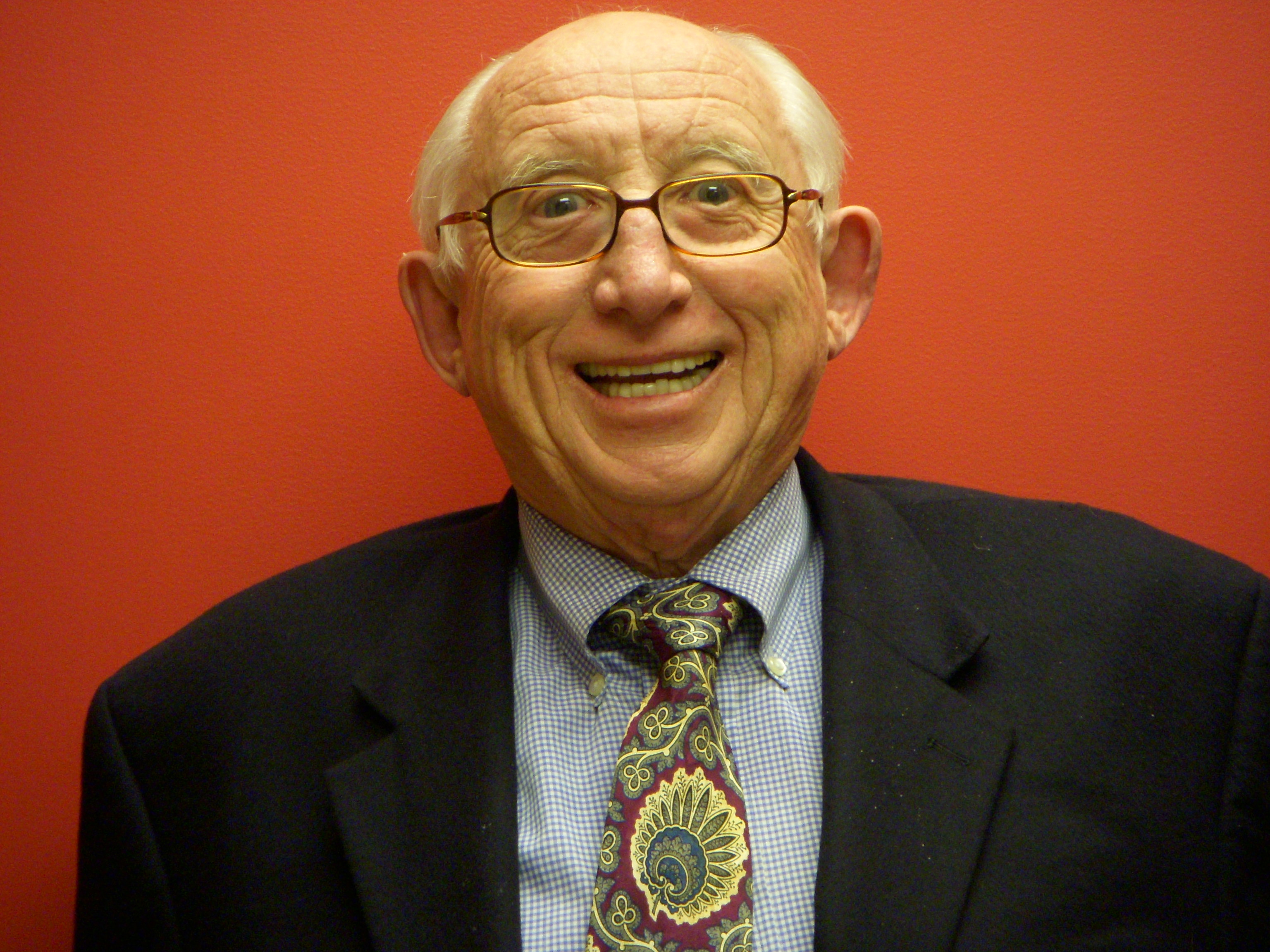The “new class” was a concept in the 1970s that various writers and commentators, led by Irving Kristol, used to describe an important social and political phenomenon of the time. It represented a kind of Fifth Estate, or extra curricular branch of government.
The new class in the context of the time had nothing to do with the use of the same term (sometimes employed to describe manifestations of communist society), but had everything to do with what had happened in the turbulent 1960s. Most especially, it was a manifestation of the opposition to the Vietnam War by young professionals in the United States.
By the time Kristol used the phrase, he had already taken his epic journey from the left to the right of the political spectrum and was already ensconced as the godfather of neo-conservatism.
As I remember, he used his column in The Wall Street Journal to identify the new class and to attack it. I, too, was writing about it and was leery of its effect on energy supply, but intrigued as to whether a whole new social strata was going to change things; whether we were going to see policy by the young, for the young.
The new class was a rump of disassociated and unaffiliated professionals that had been impacted by the draft and were sensitized to the other social issues of the 1960s – the civil rights, the environmental and the women’s liberation movements.
The new class was important because it was smart and it knew how to use power effectively. It did this by co-opting journalism and using – and perhaps abusing — the court system. They were people who had either served in Vietnam or had avoided doing so by fleeing the country, seeking deferments, or, actually rejecting the draft and going to prison.
The latter, predictably, produced a surge of interest in prison reform. The draft-avoiders were drawn into the other social issues of the time. Their most profound impact was probably on the environmental movement. To this day, the environmental organizations influence public policy by the use of media and selective litigation — tactics perfected by the new class.
The new class was in many ways a non-political movement, leaning to the left but not exclusively. It was the result of comfortable, middle-class kids waking up to what was wrong with the society they lived in. Because they had, in their view, felt the heavy hand of government, they were appalled by conditions in black America, the criminal justice system and the state of environmental degradation. Of course, they were appalled by the war and the institutions that supported it, including corporations, government, universities and the military.
With the end of the war, came the end of the new class; not immediately, but surprisingly fast. Its lasting legacy is in tactics, not policy. Its members morphed into a generation of self-interested professionals; its idealism, like the war, a fading memory.
As a social pressure group, the new class has left its mark. It showed how effective a few people with literary and legal skills could redirect policy. As it was not affiliated with a political party, or even a defined philosophy, it could pick its targets. In today’s world of rigid left and right, the power of unaffiliated movements is abridged, if it exists at all.
I used the term “new class” contemporaneously with Kristol, but I am not sure whether I had just heard it and it had seeped into my consciousness. At the time, I thought the use of the courts was excessive and I wrote and criticized the new class. But I was fascinated by how they had gotten their hands on the levers of power outside of Congress and the presidency but powerfully affected those institutions.
Looking back, one wishes the new class were still a force: upset about the wanton cruelty of the immigration standoff, angry about income inadequacy, appalled by the surging power that mergers and acquisitions are handing to a small number of supra-national organizations, and worried about unfettered money in politics. Global warming would be a classic issue.
The new class drew its strength from being indignant but without an organization — just a few good writers and propagandists here and a few sharp lawyers there. They were amorphous and effective. Would they could be reprised. — For the Hearst-New York Times Syndicate







